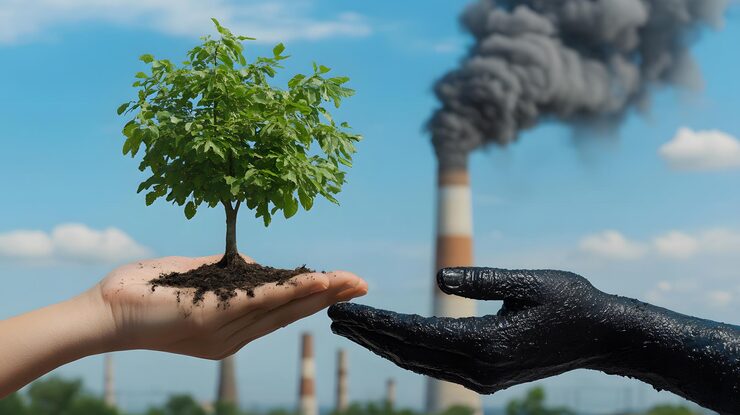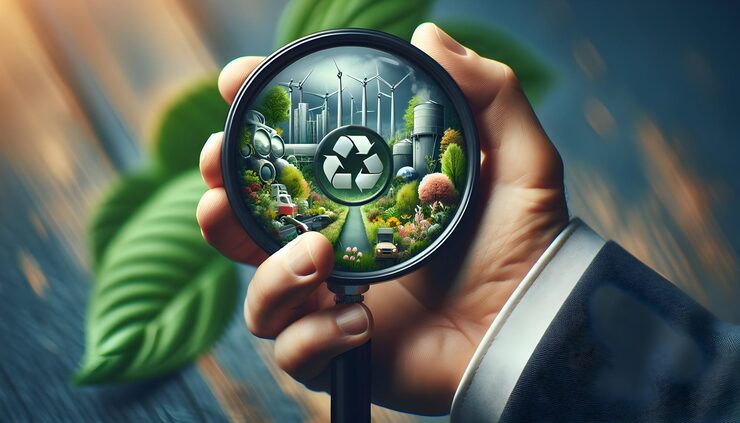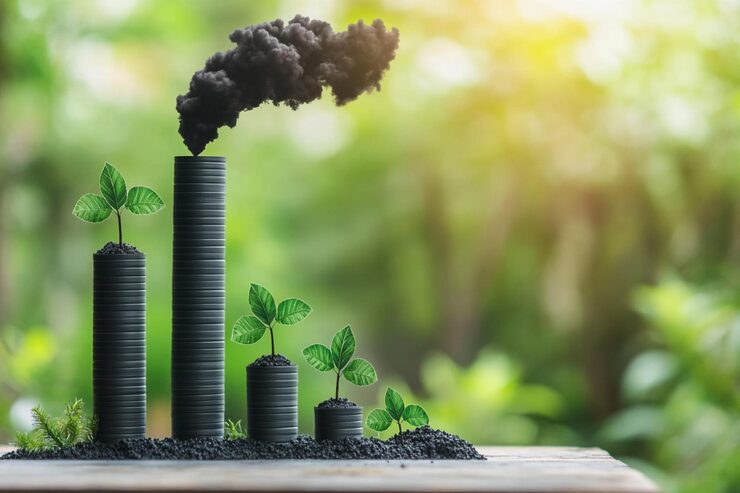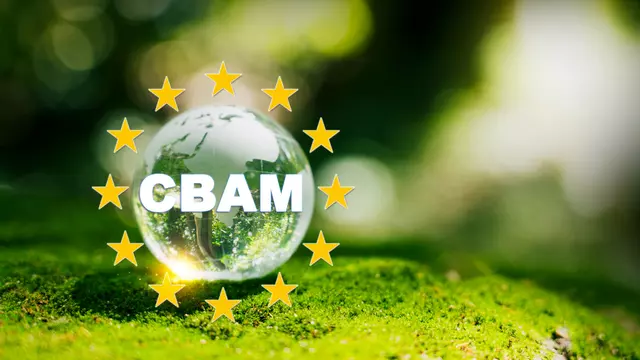18 August, 2025
WOCE Team
The global push for net-zero has propelled carbon offsets into the spotlight, offering businesses and individuals a way to neutralize emissions through projects like reforestation and renewable energy. Yet, the growing popularity of offsets, with the market projected to hit $400 billion by 2030 according to BloombergNEF, has a shadow side: greenwashing. Misleading claims about environmental impact threaten to erode trust in this vital tool. As the World of Circular Economy (WOCE) champions tr..









